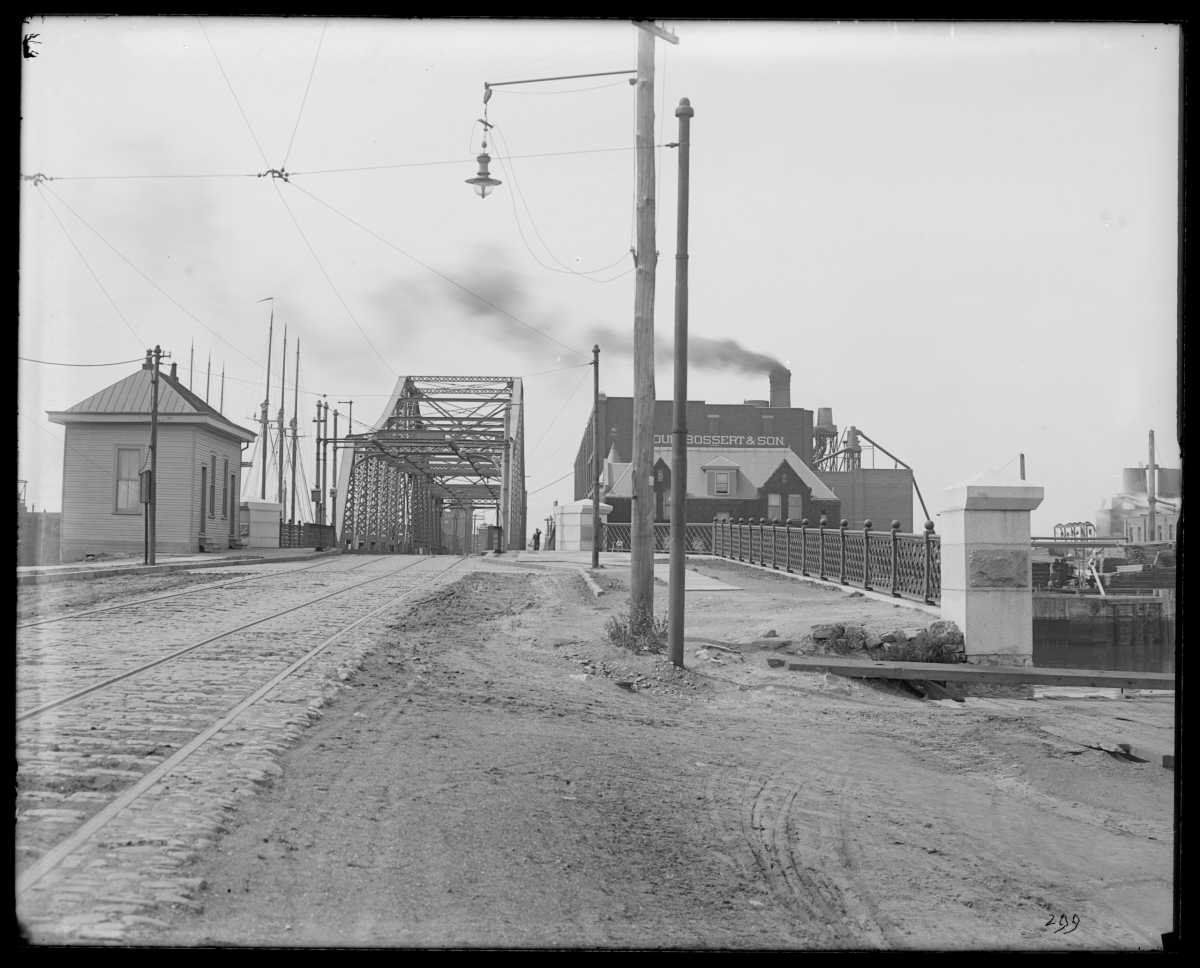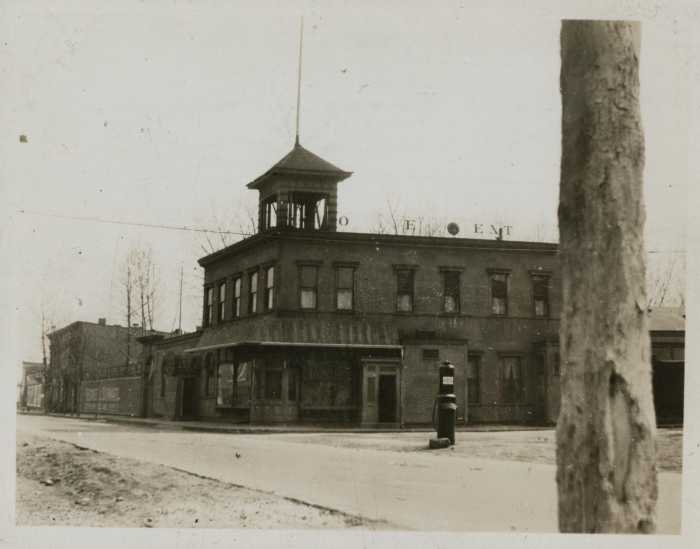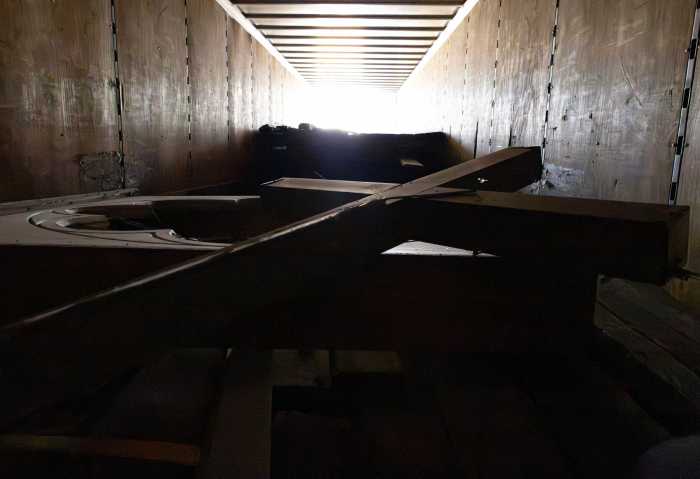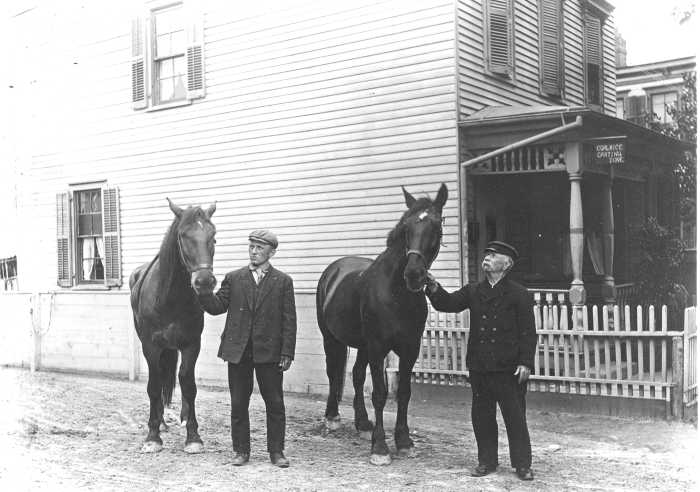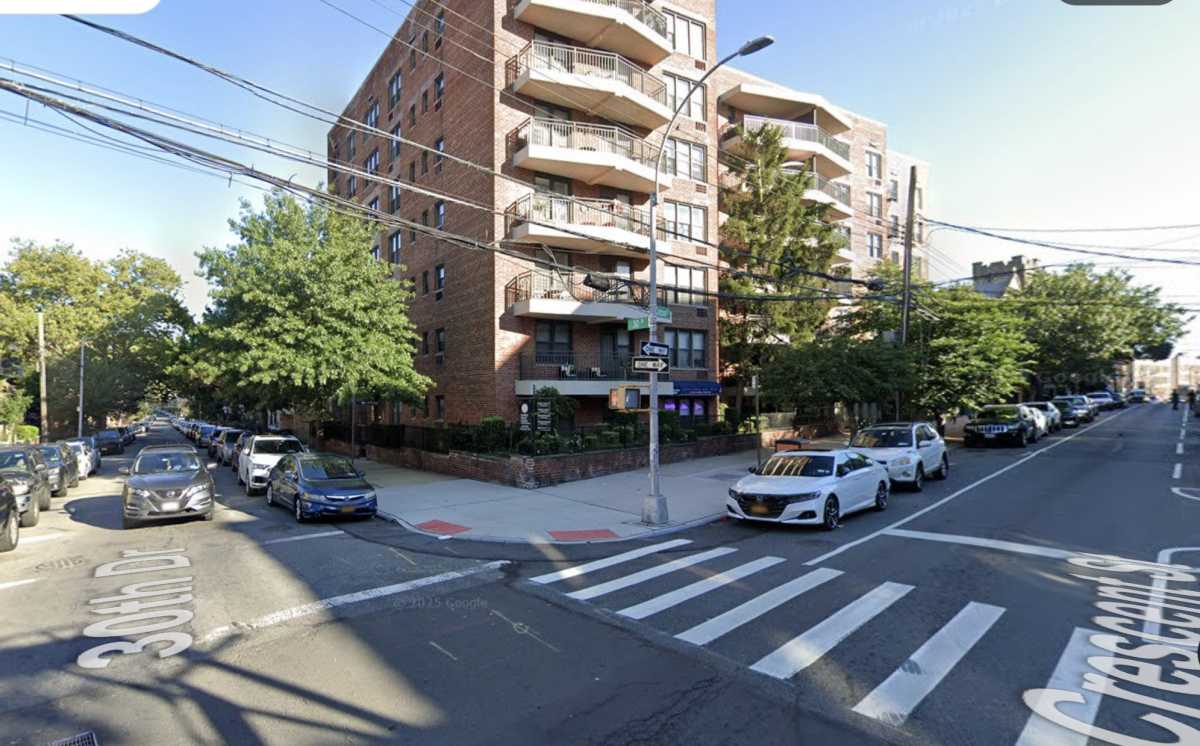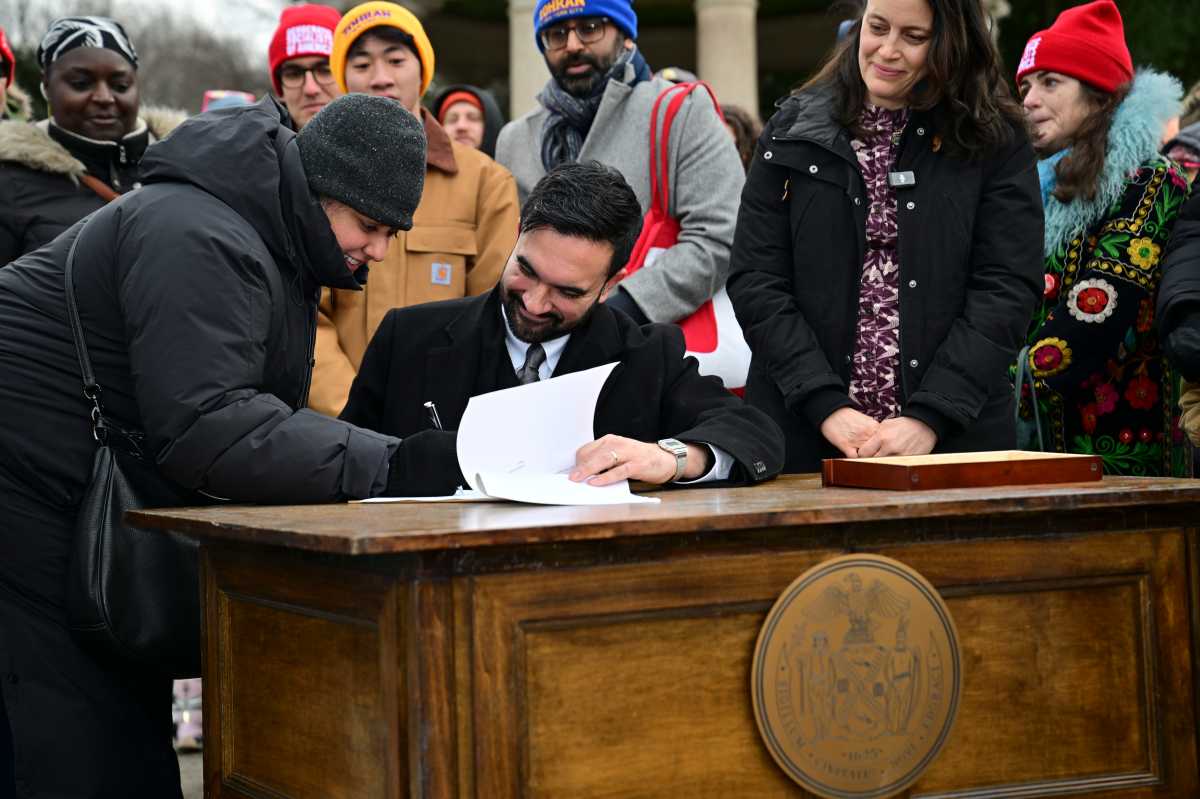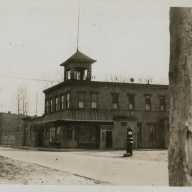We conclude our three-part series on The Bridges of Newtown Creek with a look at the oldest span crossing the murky waterway standing between Brooklyn and northeast Queens.
Theodore Roosevelt was amid his second full year in office as president of the United States in February 1903 when the Grand Street Bridge opened to the public. The little green, steel swing span remains in operation all these years later as a big, if not somewhat unreliable, link between Brooklyn and Maspeth.
The span connects Grand Street in Brooklyn with Grand Avenue in Queens, and is located within a heavy industrial hub on both sides of the creek.
The current bridge is the third version of a crossing at the location. The first Grand Street Bridge opened in 1875, but quickly fell into disrepair. It was replaced in 1890, but eight years later, the U.S. War Department declared it was too obstructive to naval ships passing through the area.
So in 1903, five years after Brooklyn and Queens became a part of the Greater City of New York, the current Grand Street Bridge opened, having been constructed at a cost of about $200,000 at the time.
Unlike a conventional drawbridge, the entire steel span of the bridge swings open when a boat or barge needs to pass. The span is centered upon a large concrete/steel structure built in the middle of the creek which allows it to make the turn when needed.
These days, not many vessels navigate the area of the creek near the Grand Street Bridge, so it often remains in its fixed position. In fact, a ship has not passed through the bridge since Hurricane Sandy in 2012, when the storm surge damaged the bridge’s mechanical and electrical components.
In recent years, the span has become problematic due to wear and tear as well as its size.
The bridge has just two lanes for traffic, one in each direction, and the roadway width is only about 20 feet. That makes it almost impossible for large 18-wheelers, which often travel through the area, to simultaneously pass each other on the bridge — and the span was never built to accommodate that kind of traffic regularly.
For decades, Community Board 5 in Queens has sought to have the Grand Street Bridge rebuilt with a structure that meets 21st-century traffic needs. In September 2019, the city’s Department of Transportation began surveying the area as part of the design process, which likely won’t be completed until at least next year. It figures that it will take many more years for the bridge to be replaced.
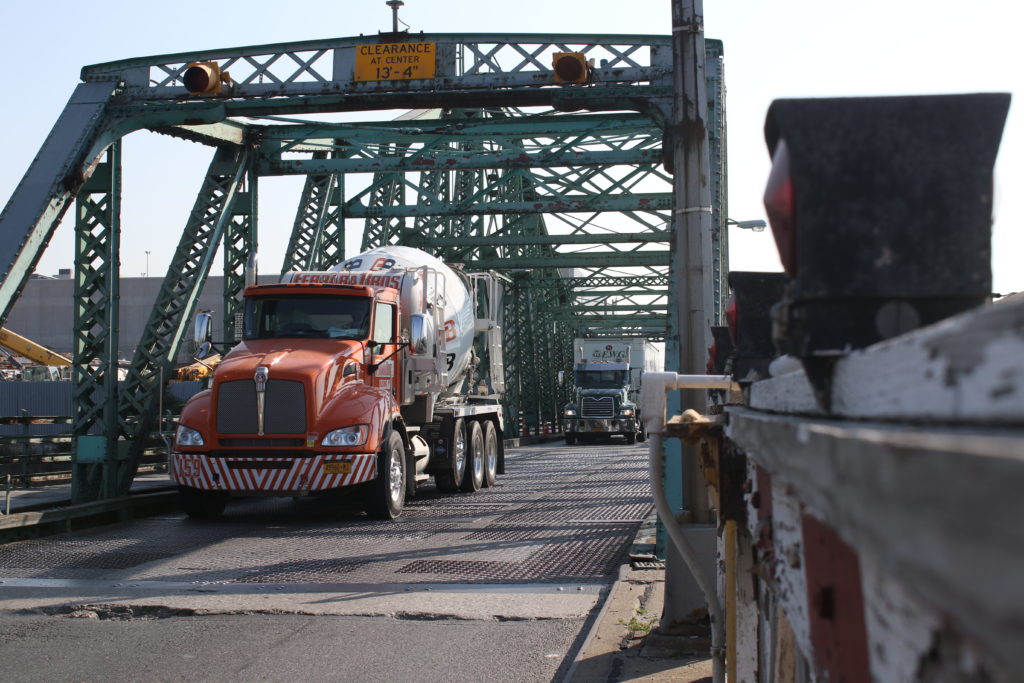
In the meantime, the DOT continues to perform regular maintenance on the bridge, requiring (at times) extensive closures on weekends.
About 665 feet north of the Grand Street Bridge sits the point where the Newtown Creek meets the English Kills, a nearly mile-long (and similarly polluted) tributary that snakes its way through industrial areas of East Williamsburg and Bushwick, Brooklyn.
Just one small bridge spans the English Kills: the Metropolitan Avenue Bridge, a drawbridge that connects Grand Street and Metropolitan Avenue.
The current drawbridge was first constructed in 1931, but a crossing has been at the location since the middle of the 19th century as part of the Jamaica-Williamsburgh Turnpike. In those days, the roadway had been an important connection between farmers on Long Island and the bustling markets of Brooklyn and Manhattan.
In 1872, the city of Brooklyn acquired the turnpike and renamed it Metropolitan Avenue. In doing so, they also replaced the first bridge with a swing span similar to that of the existing Grand Street Bridge.
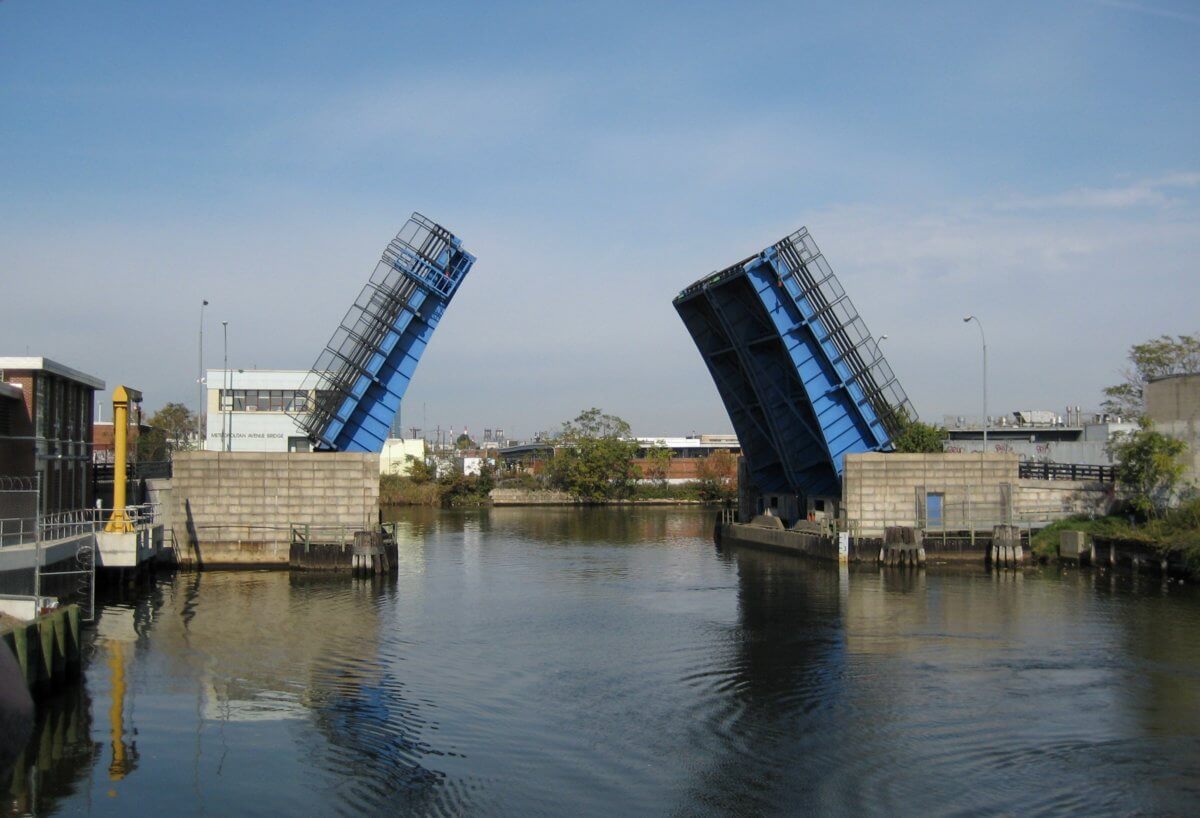
The existing Metropolitan Avenue drawbridge opened in 1931 and has been frequently repaired and modernized in the years since. Yet it’s also been prone to mechanical failures; during a 2019 heatwave, the span had to be shut most of the day because it failed to fully close following an opening due to heat-warped steel.
Sources: NYC Department of Transportation, Gothamist, Newtown Pentacle.
* * *
If you have any remembrances or old photographs of “Our Neighborhood: The Way It Was” that you would like to share with our readers, please write to the Old Timer, c/o Ridgewood Times, 38-15 Bell Blvd., Bayside, NY 11361, or send an email to editorial@ridgewoodtimes.com. Any print photographs mailed to us will be carefully returned to you upon request.

